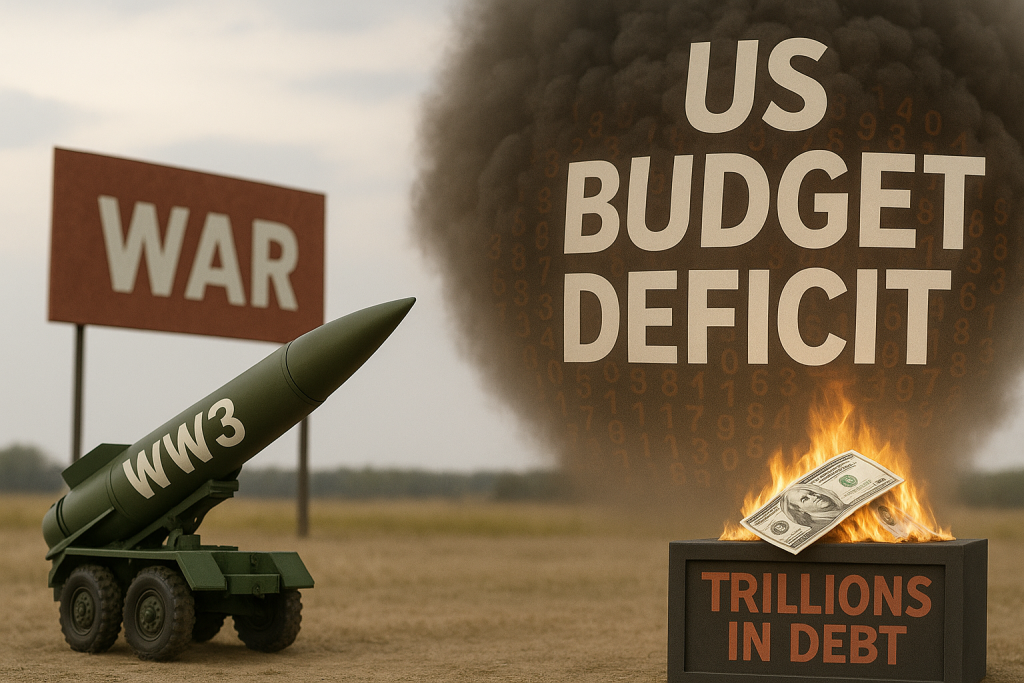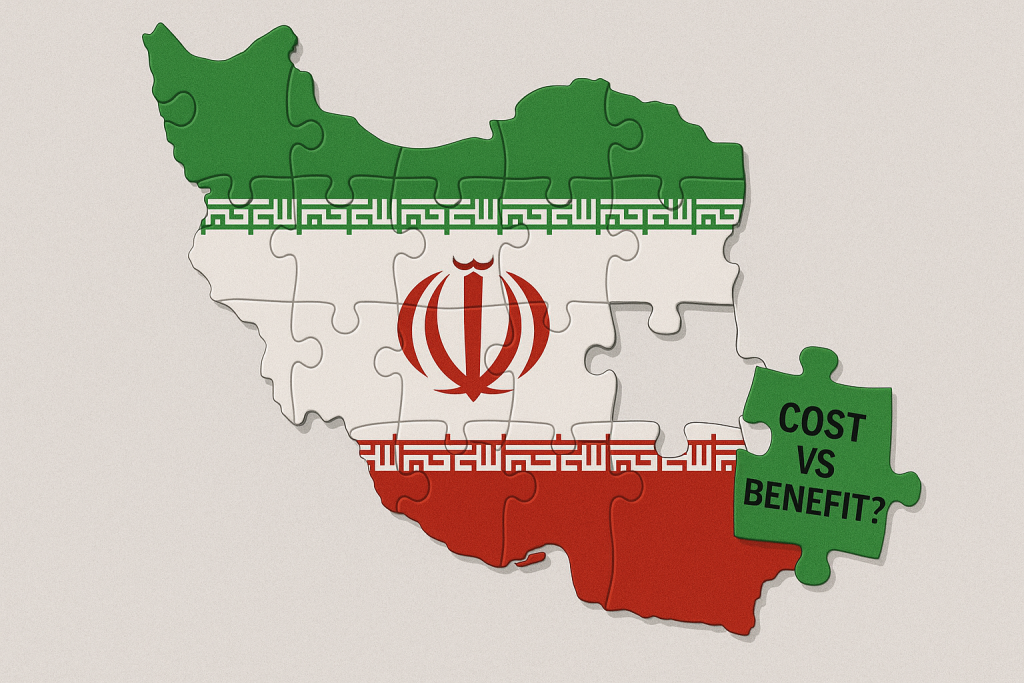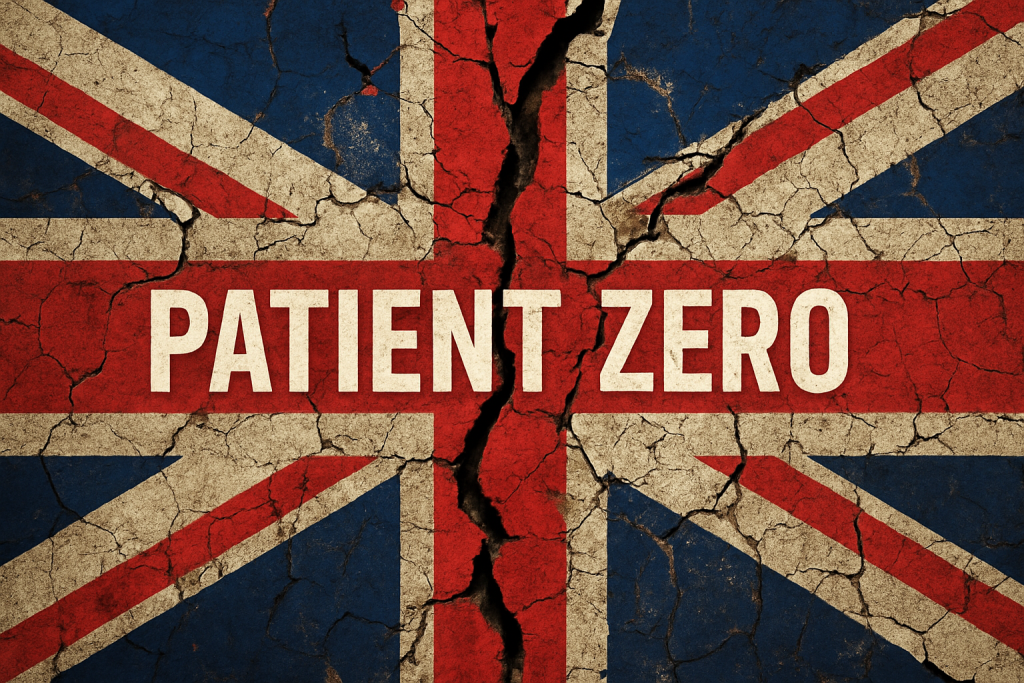In the darkest corners of our human instincts lies a psychological phenomenon that is the result of millions of years of evolutionary biology.
It’s called “tonic immobility”. And it refers to a form of paralysis that occurs when we’re terrified and facing extreme mental or emotional trauma.
Tonic immobility is common in nature. Animals in the wild will often freeze in place when confronted by a predator; the idea is that making no movement, and doing absolutely nothing, increases their chances of survival because the threat will simply go away.
But as anyone who has ever been on safari or seen a nature documentary knows, the danger seldom goes away on its own.
This instinct to ‘do nothing’ in the presence of danger runs very deep in our instincts; and it’s related to a cognitive quirk within our brains that psychologists call ‘normalcy bias’.
We’ve discussed this before. Normalcy bias is what causes human beings to believe, even in the face of obvious perils, that everything is going to be just fine.
Humans are creatures of habit. We easily fall into routines—waking up, going to work, stopping by the coffee shop on the way, spending time with the family in the evening, etc. And those routines define ‘normal’ for each and every one of us.
When the routine is disrupted, we often have a difficult time coping—even with little things. If the bakery down the street is out of the croissant flavor that we order every morning on the way to work, we’re irritated by it and don’t want to break routine by trying something new.
And major disruptions to our ‘normal’ are met by severe psychological backlash. Our brains simply refuse to acknowledge it.
This is normalcy bias. It’s one of the reasons why denial is the first stage of grief. We cannot accept the loss of a loved one who has been part of our routine– our brains won’t allow it.
Or occasionally we might find out someone has passed, and our first reaction is, “But I just saw them last week!” Again, our brains have an extremely difficult time grasping the concept that our deeply entrenched ‘normal’ is about to change.
And that’s why, when faced with something obvious that threatens our ‘normal’, it’s common for us to instinctively do nothing. Our brains are hard wired to believe that the danger will resolve itself and everything will go back to ‘normal’.
Many of us felt this way in 2020.
When the pandemic struck, it was terrifying. No one really understood anything about it; the media practically made it out to be a flesh-eating superbug that would vaporize everyone immediately.
And in the face of this threat, it was easy for politicians to convince people to literally do absolutely nothing: stay home, and shelter in place.
The idea was that if we waited long enough—if we froze in fear long enough—then the danger would pass.
And people maintained a belief throughout the year that life would eventually return to normal, no matter how crazy the world became.
When we were locked down in our homes, we believed that life would return to normal.
When mostly peaceful protestors were rioting and raging in the streets, torching private businesses that had absolutely nothing to do with their cause, we believed that life would return to normal.
When angry Marxists political candidates raged that they want to confiscate private property and nationalize entire industries, we believed that life would return to normal.
Today there are literally tanks lining in the streets of Washington DC and attack helicopters roaming the skies. A new US President is set to be inaugurated tomorrow with more than 20,000 troops guarding him.
They have already announced sweeping legislative and policy changes, ranging from substantially higher taxes to Green New nonsense to debilitating business regulations that will likely frustrate an already weakened economy.
There is absolutely zero fiscal or monetary restraint in government; there’s hardly a single policy initiative that doesn’t carry at least a trillion dollar price tag.
No one cares about the national debt—which is set to reach $30 trillion within the next few months, or the fact that the central bank balance sheet will likely pass $10 trillion this year.
Their solution to everything is to squash productivity and print money.
Yet still, countless people believe that life will return to normal. For them, part of their ‘normal’ is that America is safe, stable, and powerful… and always will be.
Their brains simply cannot accept a reality in which the country they love so dearly has changed. And it’s not going back.
This is normalcy bias, and it compels countless people to do absolutely nothing in the face of obvious threats.
When you see a government racking up trillions of dollars a year in wasteful new debt, and a central bank printing trillions of dollars of new money, a rational person would take steps to preserve his/her savings.
When the Treasury Secretary states in black and white that the Social Security trust funds will run out of money in a few years, a rational person would take steps to safeguard his/her retirement.
When the nation has become so fractured in conflict that it takes tanks and 20,000+ troops to hold a ceremony in the capital, a rational person would create a Plan B and have some backup options.
But normalcy bias makes us believe that everything is going to back to normal. So we freeze in place and do nothing.
There are plenty of solutions to mitigate these threats. But the most important thing to do right now is overcome normalcy bias.








